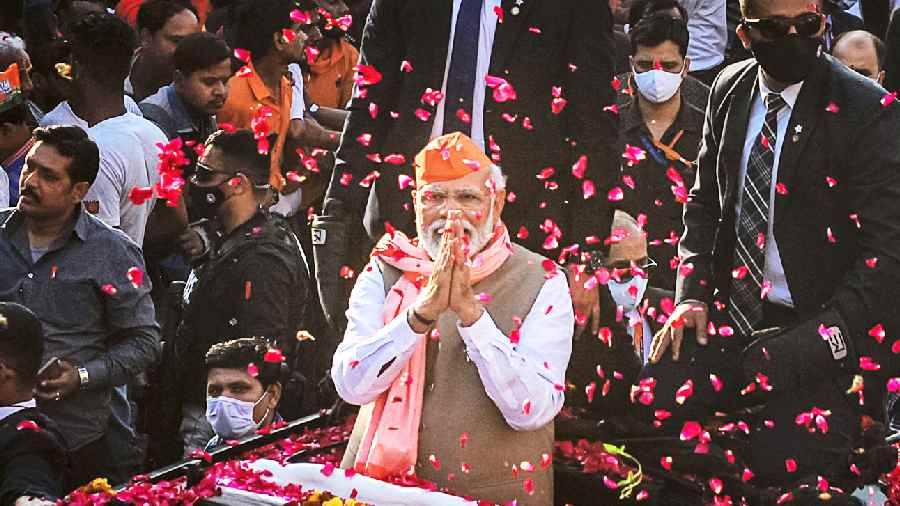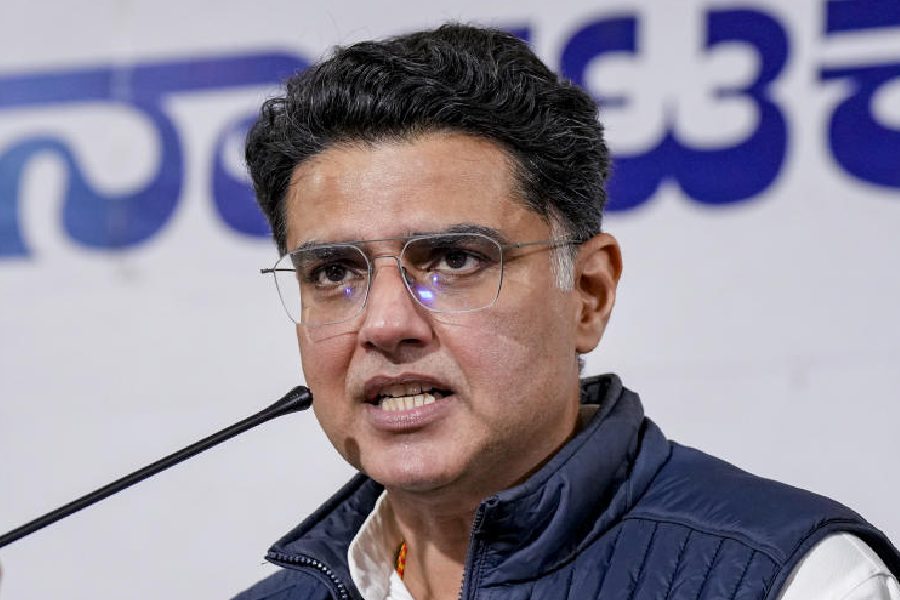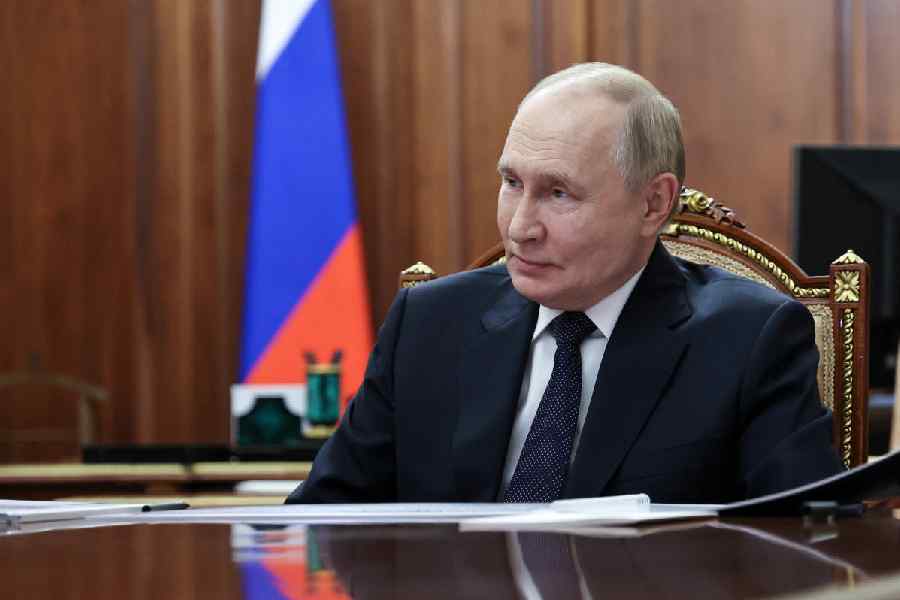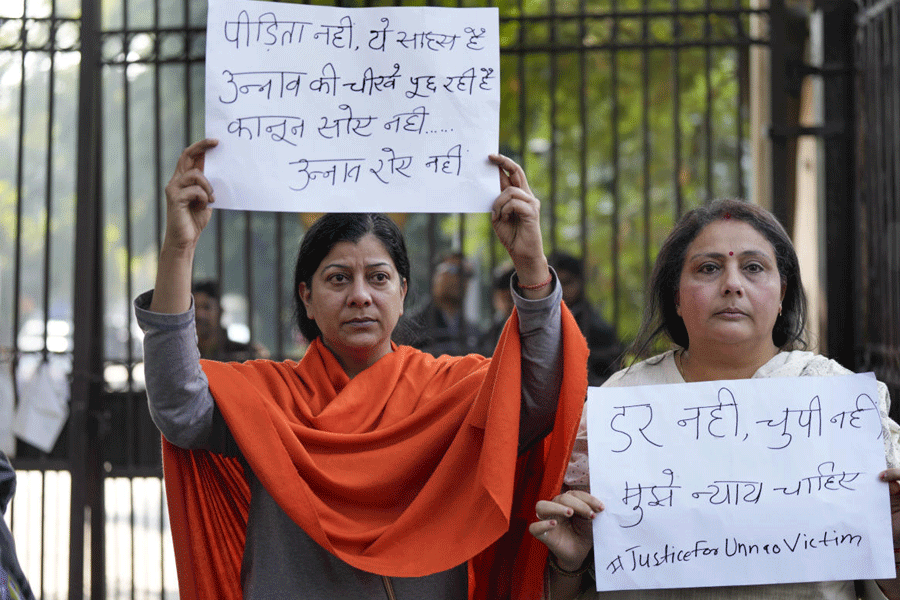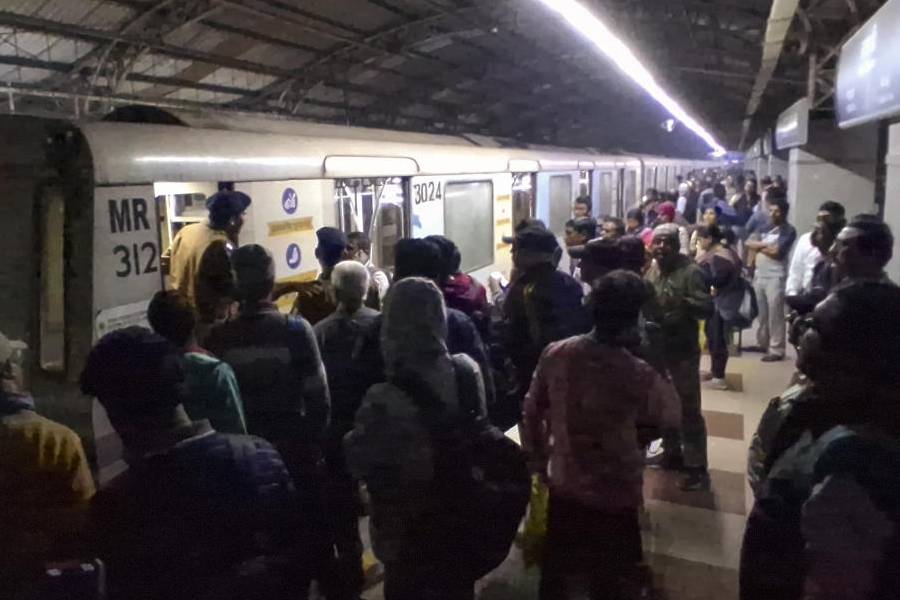Narendra Modi’s criticism of the freebies culture (rewadi culture) has been interpreted in two contradictory ways. A section of observers finds the prime minister’s statement rather strange. They describe it as a deviation from the Bharatiya Janata Party’s successful electoral strategy. This inference is, in a way, empirically justifiable. The party has relied heavily on populist welfare schemes to attract voters in recent elections.
On the other hand, Modi’s comment is also being appreciated enthusiastically. It is seen as a serious political assessment that delineates the long-term impacts of the freebies culture on the economic life of the country (https://indianexpress.com/ article/opinion/columns/pm-modisremarks-on-revdi-culture-should-be-heeded-by-those-promising-imprudent-unsustainable-subsidies-8- 055674/). This line of argument justifies Modi’s assertion by making a crucial distinction between rewadi culture and authentic welfarism.
These two conflicting interpretations, it seems, focus entirely on the most provocative expression of Modi’s speech — rewadi culture — and, somehow, do not pay any attention to a few serious structural issues, which Modi underlined (https://www.pmindia.gov.in/ en/news_updates/pms-address-at- -inauguration-of-bundelkhand-expressway-at-jalaun-in-uttar-pradesh/). A careful reading of Modi’s speech reveals that he was actually trying to redefine the idea of social justice to accommodate it in his doctrine of New India. More specifically, there was an attempt to specify the contours of what I call the ‘charitable State’: a pro-market State that provides some facilities to citizens on a case-to-case basis and, at the same time, bargains with them in the realm of competitive electoral politics.
To understand the wider implications of Modi’s speech, one must look at the political context in which the notion of a chartable State has evolved in India. The Constitution describes welfarism as a political duty of the State simply to recognise citizens as rights-bearing stakeholders. This constitutional imagination, however, has been significantly redefined by successive governments in the last three decades.
The enthusiasm to accept the market economy as the ultimate form of economic system by the political class in the 1990s led to a new political consensus. A strong impression was created that the open market framework did not need any State intervention. The function of the State, therefore, was restricted to the political sphere. This imagination of the State-economy relationship was uncritically accepted by all political parties. As a result, the State began to redefine itself as mediating agency to resolve societal conflicts while maintaining a distance from the economic sphere.
This framework paved the way for a sectoral approach to the idea of welfare, especially under the regime of the United Progressive Alliance. The social groups — women, child, Dalits, adivasis, unorganised labour, minorities/Muslims and so on — were seen as stakeholders of social justice to characterise welfarism as sectoral empowerment.
The Modi-led BJP has given new meanings to this imagination of welfarism without deviating from the national political consensus on the open market and sectoral empowerment. It has made a serious effort to reach out to individuals — the labharthis (beneficiaries) — for direct and effective political transactions. Modi’s criticism of the culture of freebies actually stems from the BJP’s version of the charitable State. Four clearly identifiable aspects of Modi’s speech in Bundelkhand are relevant to elaborate this point.
First, Modi rejects the culture of freebies on the basis of his imagination of responsive citizens. It is important to note here that the doctrine of New India is based on a direct correlation between responsive government and responsive citizens. In this schema, the citizen is seen as a duty-bound entity.
Explaining the idea of responsive citizens, Amit Shah made a crucial observation in a recent interview. He said: ‘There is a difference in the way we work: we have given gas connections, power connections and it’s up to them to pay their bills. We have made toilets for them but they have to maintain them… when you take populist measures, you promise to pay electricity bills, free gas etc. What we did was to provide help to upgrade their lives — this is empowerment.” (https://indianexpress.com/elections/amit-shah-interview-uttar-pradesh-elections-pmmodi-bjp-7794992/) Modi also reiterated this point in his speech. He asserted, the “culture of freebies is very dangerous for the development of the country… and the people… especially youth need to be very careful of this… The double-engine governments are not adopting the shortcut of distributing freebies, but they are working hard to improve the future.”
Second, the responsive-government-responsive-citizen framework also makes it possible for Modi to make an intelligent connection between populist schemes and largescale infrastructure projects. Criticising the non-BJP parties, Modi argued that those who follow the freebies culture “will never build new expressways, airports or defence corridors for you. They feel that they will buy the people by distributing freebies to them.” This is a very important point of departure. The charitable State actually functions as a facilitator for the open market by creating an infrastructure for its smooth functioning. The welfare schemes targeting individual labharthis are to be described as an extension of this receptive developmental agenda. Modi also made this point when he said: “Instead of the freebies culture, we are working to fulfil the aspirations of the people by building roads and new rail routes in the country. We are building crores of pucca houses for the poor, completing unfinished irrigation projects for decades, constructing many small and big dams, setting up new electricity plants so that the life of the poor and the farmer becomes easier.”
Third, Modi tries to unpack the political capabilities associated with the notion of social justice. Instead of defining social justice purely in terms of identity-based exclusions (religious, caste, and gender), he offered a development-oriented conceptualisation. Evoking the regional imbalance, especially in eastern India and the Bundelkhand region of Uttar Pradesh, Modi argued that infrastructural development in a backward region must also be seen as a kind of social justice. For him, “balanced development of the country and access to modern facilities even in small towns and villages also amounts to social justice in true sense”.
This brings us to the fourth point, the idea of political bargaining — a key feature of the charitable State model. Modi criticised the Opposition for preserving the culture of freebies. It does not, however, mean that he gave up on the idea of political bargaining completely. If we read this speech carefully, we will find a very different and intelligent proposal. Modi urged the citizens to recognise the capabilities of a ‘double-engine’ government that would give them recognition, infrastructure and, above all, individual-centric benefits.
Modi is thus bargaining with them in such a manner that the welfare schemes introduced by non-BJP parties get electorally delegitimised.
Hilal Ahmed is Associate Professor, CSDS, New Delhi

